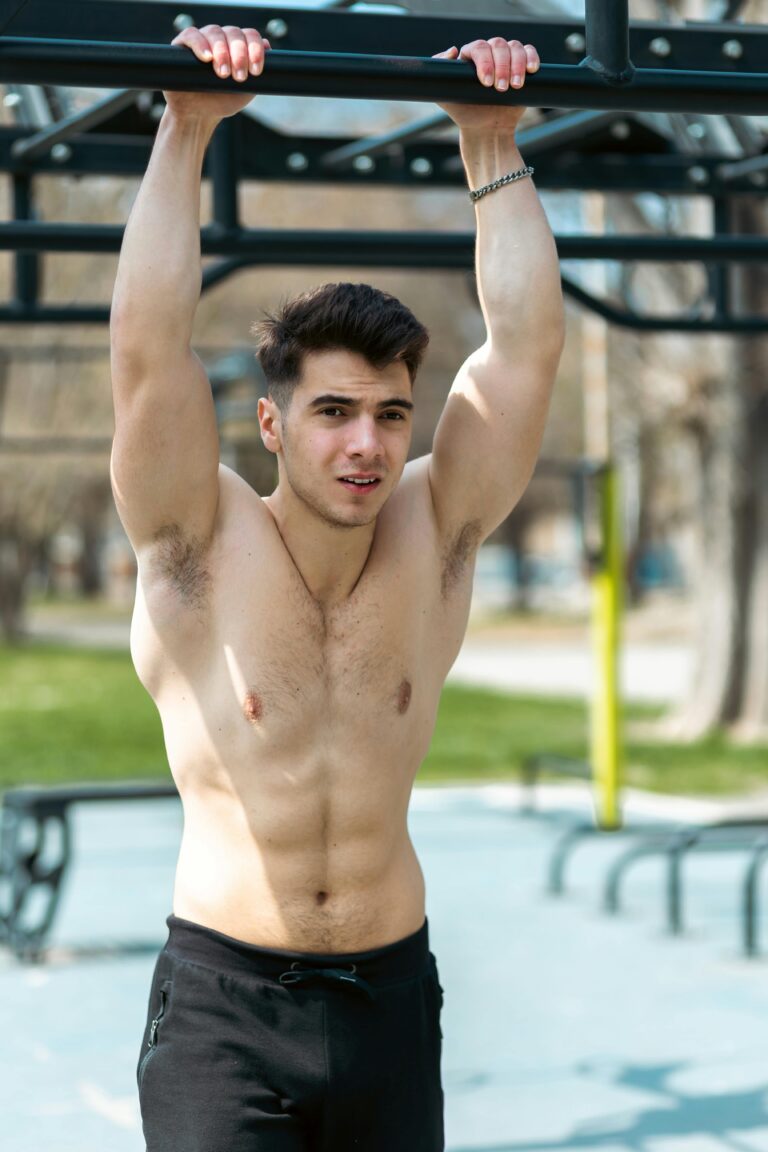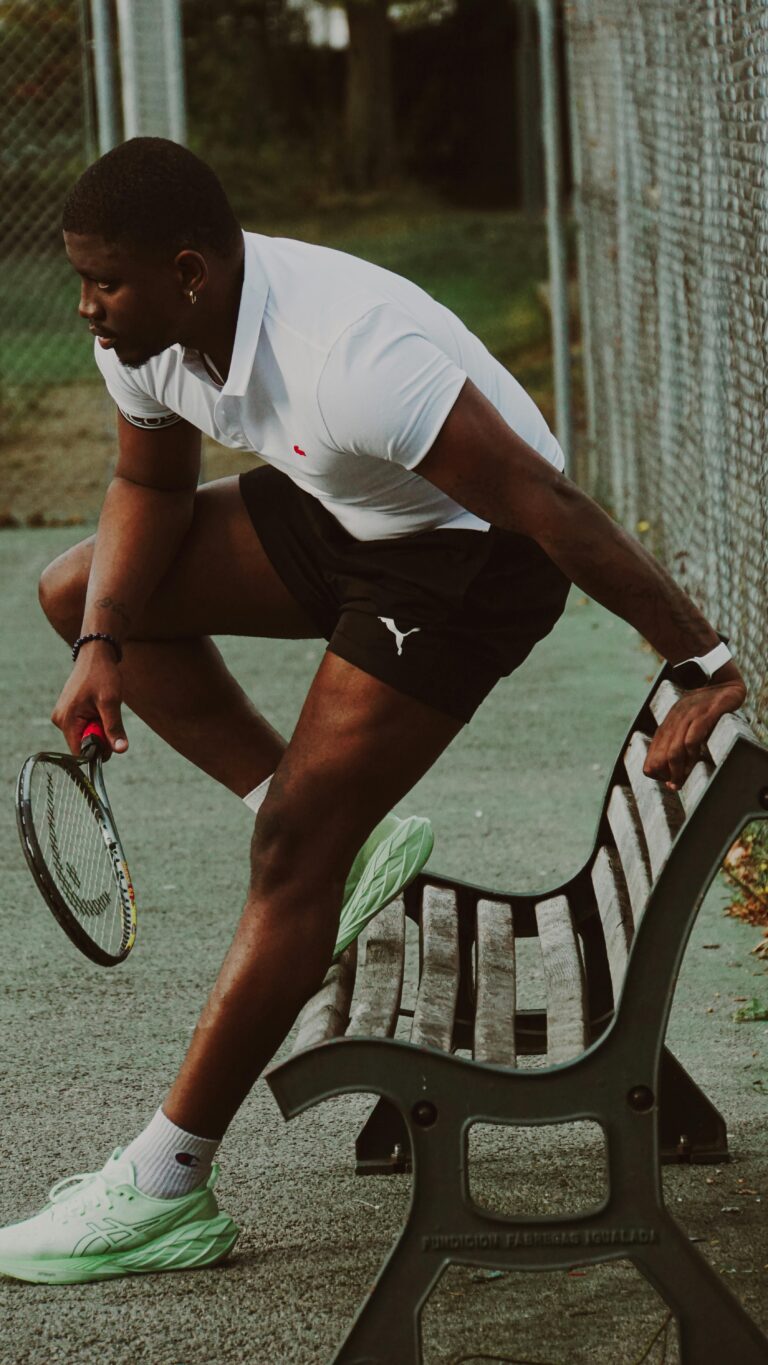Demoniacal Fit: The Mightiest Warrior
Throughout history and across cultures, myths and legends have flourished with tales of warriors who transcend the ordinary, imbued with supernatural strength, and fated for greatness.In this article, we will explore the origins, characteristics, and representations of the “Demoniacal Fit,” and how this concept ties into the archetype of the mightiest warrior.
Origins of the Demoniacal Fit in Mythology and History
The idea of a warrior possessed or influenced by demonic or supernatural forces is not a new concept. From the berserkers of Norse mythology to the demonic possession in Christian demonology, this theme finds roots in various traditions, each offering its unique interpretation of what it means to wield the power of a demoniacal fit.
In ancient Norse mythology, berserkers were warriors who fought with such uncontrollable fury that they seemed possessed by a wild spirit. The Old Norse term “berserk” literally translates to “bear-shirt,” emphasizing the close association with animalistic, primal rage. Berserkers were believed to have achieved a state of óðr, a form of frenzied madness that gave them superhuman strength and combat skills. Though not explicitly referred to as a “demoniacal fit,” this berserker rage embodies the same concept: a warrior consumed by an external force, rendering them unstoppable.

For instance, the Zulu warriors of Africa believed that they could invoke the spirits of their ancestors or animal totems before entering battle. These spirits, they thought, would grant them strength, stamina, and ferocity beyond human limitations. The concept of channeling otherworldly power to become a mightier warrior transcends geographical and cultural boundaries, and it is clear that this archetype taps into deep human fascination with the mystical.
The Nature of the Demoniacal Fit
What sets the demoniacal fit apart from mere skill or physical prowess is the element of possession or external control.In this state, they may exhibit the following traits:
- Uncontrollable Rage: The primary characteristic of a demoniacal fit is an intense, uncontrollable rage. This is more than just anger; it’s a wrath that surpasses the warrior’s conscious thought and overwhelms them with raw, destructive energy.
- Superhuman Strength: Warriors in a demoniacal fit are often depicted as having physical strength that defies the laws of nature. They can lift objects many times their size, decimate multiple foes with a single blow, or tear down fortifications with bare hands.
- Immunity to Pain: As seen with the berserkers and other similar warriors, those in a demoniacal fit are frequently depicted as being immune to pain or fear. They can endure fatal wounds, break bones, or suffer severe injuries without even registering them.
- Heightened Reflexes and Agility: Warriors in this state are often portrayed as having heightened reflexes, agility, and speed. In battle, they move with a fluidity that seems almost supernatural, dodging attacks with ease and striking with deadly precision.
- Loss of Humanity: The darker side of the demoniacal fit is the warrior’s gradual or sudden loss of humanity. As they succumb to the malevolent force, they may lose their sense of self, morality, and identity. In some tales, the fit permanently transforms the warrior into a monstrous figure or a mindless killing machine.
Representations in Popular Culture
The archetype of the demoniacal fit and the mightiest warrior has found a home in modern popular culture, especially within the realms of fantasy, science fiction, and gaming. One of the most notable examples can be seen in the anime and manga series Dragon Ball Z, where the Saiyan warrior Goku undergoes transformations into higher power levels that tap into his primal Saiyan instincts. Though not directly portrayed as demoniacal possession, his transformation into a Super Saiyan evokes the same themes of uncontrollable power, rage, and a shift in character. The concept of “powering up” into an uncontrollable, heightened state is a recurring trope in many forms of modern media.
Similarly, video games often explore this theme, with characters who can tap into their inner demons or otherworldly powers to become unstoppable forces in battle. The character Kratos from the God of War series is a quintessential example of the mightiest warrior archetype, one who regularly succumbs to uncontrollable rage and channels the power of gods and titans to decimate his foes. His fits of wrath are demoniacal in nature, overwhelming his senses, and pushing him toward greater levels of destruction, often at the cost of his humanity.
In these modern stories, we see that the demoniacal fit continues to be an attractive concept. It represents a double-edged sword—a source of immense power, but one that comes with great risks.
The Philosophical Implications
Beyond the action-packed sequences of warriors and battles, the demoniacal fit raises philosophical questions about the nature of power, control, and self-identity. Warriors in these states often grapple with the loss of autonomy. Are they truly the mightiest if their strength comes from an external force? Or does their willingness to wield such power, even at the cost of their soul, make them greater?
Additionally, the demoniacal fit delves into the concept of duality—balancing light and dark, human and beast, control and chaos. A warrior who undergoes such a transformation must face the internal struggle of maintaining their humanity while harnessing the raw, uncontrollable power of the fit. In some cases, as seen with characters like Kratos or Goku, the fit is a necessary evil, a sacrifice they must make to protect their loved ones or achieve their goals. In others, the fit is a curse, a dark force that consumes the warrior, leaving only destruction in its wake.
Conclusion
The concept of the demoniacal fit and the mightiest warrior is one that transcends cultures, mediums, and time. From ancient berserkers to modern-day video game heroes, this archetype captivates us because it explores the boundaries of human potential and the price of wielding immense power. The demoniacal fit is both a blessing and a curse, a state of power that elevates a warrior beyond ordinary means but at the cost of control and, potentially, their humanity.
It is this dance with the demonic, the divine, and the untamed that creates the mythos of the mightiest warrior—a figure that continues to inspire and intrigue us in all forms of storytelling.



